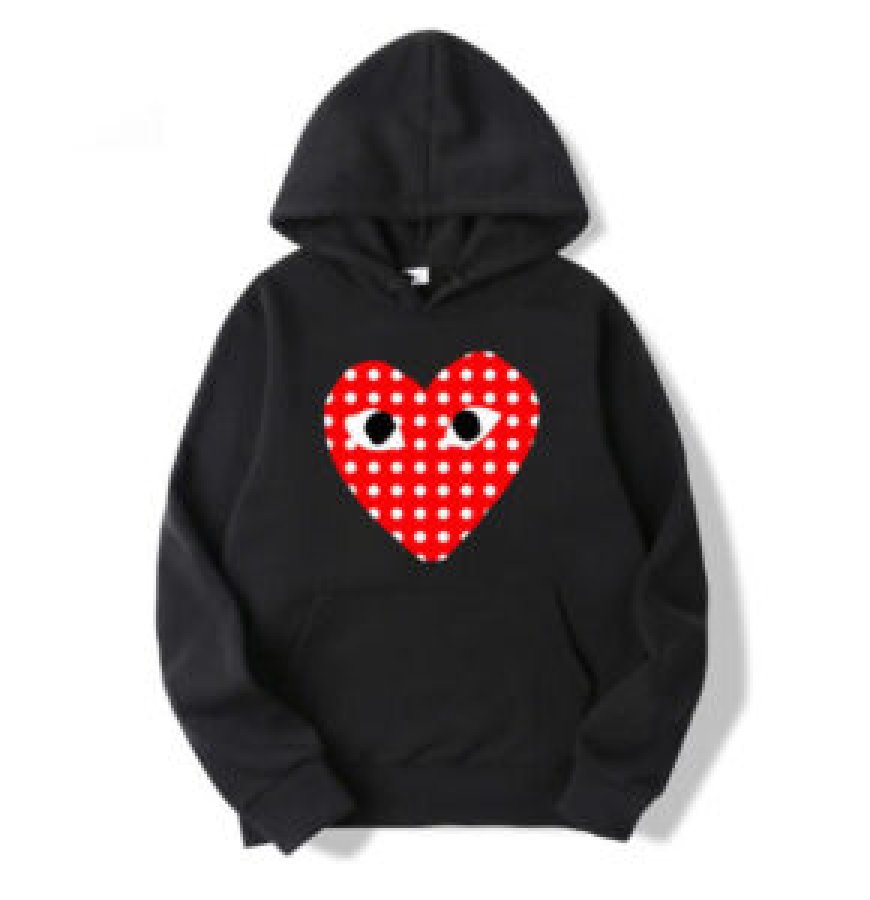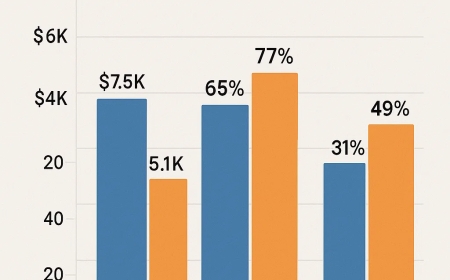A Dress That Breathes Like a Heart That Forgot How to Beat: Comme des Garçons and the Art of Emotional Fabrication

In the blurred line between fashion and philosophy, few brands whisper and scream with the same intensity as Comme des Garons. Rei Kawakubos vision has always defied the traditional, the beautiful, the wearable. Yet, within this rebellion lies an emotional rhythmirregular, vulnerable, deliberate. Comme Des Garcons The phrase "a dress that breathes like a heart that forgot how to beat" doesnt just conjure imagery. It encapsulates a sensation that Comme des Garons has mastered: the ability to make fabric feel like memory, movement, and mourning all at once.
The Anatomy of the Unconventional
Comme des Garons has long resisted fashion's formulaic anatomy. It does not dress the body; it confronts it. It does not flatter; it fights. And in doing so, it reveals something painfully raw about the human form and condition. Garments dont always hug the body. Instead, they jut out at impossible angles, create asymmetries that mock the concept of balance, and cloak the wearer in silhouettes that seem to breathe independently of the person inside them.
This breathing, however, is irregular. It is like a heart thats trying to remember how to beat after a trauma. It is stitched with silence, dissonance, and contradiction. And yet, it is not deadit is alive in its own haunting cadence. Comme des Garons is not a brand that creates fashion. It creates ghosts. Not the spooky kind, but the lingering presence of something once felt, once alive, once broken.
The Heartbeat of Rei Kawakubos Vision
Rei Kawakubo has never explained her work in conventional terms. Her silence, her refusal to decode her designs, only amplifies their resonance. Her creations often suggest injury: clothes that seem ripped apart, reconstructed with Frankenstein-like defiance, or layered in such a way that the original form disappears completely. These arent accidents; they are anatomical reconstructions. Each collection is an autopsy on the norms of femininity, beauty, and identity.
The heart, metaphorically and materially, is a consistent motif in Kawakubos collections. Not in the romantic sense, but as an organ of vulnerability. A Comme des Garons dress may swell where it should shrink, may suffocate where it should breathe. The fabric is not soft because it wants to comfort you. Its soft because it remembers what comfort used to feel likebefore it was taken away.
The Poetics of Pain and Silence
What does it mean for a dress to forget how to beat? It means it was once alive. It once had rhythm. It once pulsed in harmony with the body. But something has happened. Something emotional, unspeakable, almost post-human. In Kawakubos world, the garments are not just clothes. They are survivors. Each piece is a scar, a memory fossilized in cloth.
Comme des Garons shows are not about showcasing the next wearable trend. They are performancesoften eerie, often silentwhere models drift like apparitions across a desaturated runway. The clothing is not meant to decorate. It is meant to translate pain, to mirror emotion, to echo dissonance. One could argue that the garments are like hearts suffering from arrhythmiaout of sync, but still trying.
This is the poetics of Rei Kawakubo. The poetics of a dress that holds breath instead of releasing it. Of a silhouette that collapses under its own abstraction. Her work asks: Can we still feel something when beauty is gone? Can we still be moved by what resists comprehension? In that sense, the work is not anti-fashionit is hyper-fashion, saturated with meaning, emotion, and defiance.
Memory Encoded in Cloth
The notion that a dress can breathe speaks to the craftsmanship and thought behind every stitch. But when it forgets how to beat, it becomes more than a garmentit becomes a memory of something that once mattered. Comme des Garons dresses often look like theyve lived longer than the models wearing them. They sag, they bulge, they droop. They are melancholic archives of lost form.
This is not nostalgia. Its something heavier. It is not just looking back; it is carrying the past into the present, reshaping it, deconstructing it, refusing to let it be beautiful in a conventional way. Theres a sense that each piece remembers somethingtrauma, maybe. Rebirth, perhaps. The memory is in the fabric, not just the mind. And that memory changes the way the fabric moves.
When you wear Comme des Garons, you dont just wear a look. You inhabit an emotion. It becomes a second skinnot to enhance your shape, but to remind you that you are a shape that is constantly shifting, breaking, healing, and breaking again.
The Beauty of the Unbeating Heart
The haunting beauty of Comme des Garons lies in its refusal to be fixed. Just like a heart that forgot how to beat, it searches for rhythm in the chaos. It finds form in fragmentation. It constructs meaning out of silence. A Comme des Garons dress might not be beautiful to the casual observer. But it is devastatingly honest.
This honestythis refusal to lie with lace or seduce with symmetryis what makes the brand so spiritually enduring. It is fashion as existential inquiry. It asks more questions than it answers. It offers discomfort in place of ease. And in that discomfort, we feel something more profound than mere admiration. We feel recognition.
We recognize our own inconsistencies in the asymmetry. Our own emotional excess in the exaggerated volumes. Our own personal history in the distressed seams. A dress that forgets how to beat is not broken. Its learning to survive in a new way.
Conclusion: The Pulse Beneath the Silence
Comme des Garons is not fashion for the faint-hearted. Its fashion for those who understand that beauty can be brutal, that emotion can be abstract, Comme Des Garcons Long Sleeve that memory can be sewn into seams. A dress that breathes like a heart that forgot how to beat does not seek applause. It seeks presence. It asks to be felt, not just seen.
And in feeling it, we remember something elemental about ourselves: that we too are collections of contradictions, that our beauty is not always symmetrical, and that even when our hearts forget how to beatthere is still breath, still rhythm, still art.








&srotate=0)


























